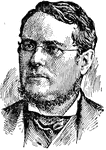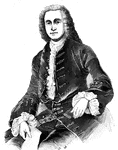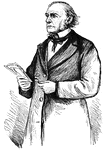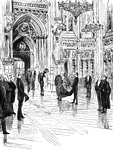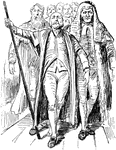Clipart tagged: ‘House of Commons’
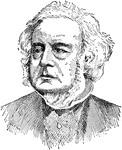
John Bright
A British statesman who helped form the Anti-Corn Law League. He also sat in the House of Commons from…

Interior of the House of Commons
"The narrow room in which the House of Commons holds its sessions contains seats for less than 350 of…

The House of Commons Interior in the Early 20th Century
The interior of the House of Commons in Parliament during the 1900's. It is pictured packed with representatives.…

Houses of Parliament, Westminster; Plan of Principal Floor
This is the Plan of Principal Floor of the Houses of Parliament in Westminster, England. Other wise…
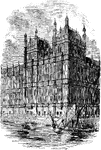
New Houses of Parliament, London
"In England, as in Germany, architectural activity has assumed various phases in modern times. With…
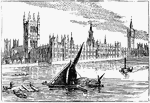
The New Houses of Parliament
After a fire in 1834, the present Houses of Parliament were built over the next 30 years. They were…
